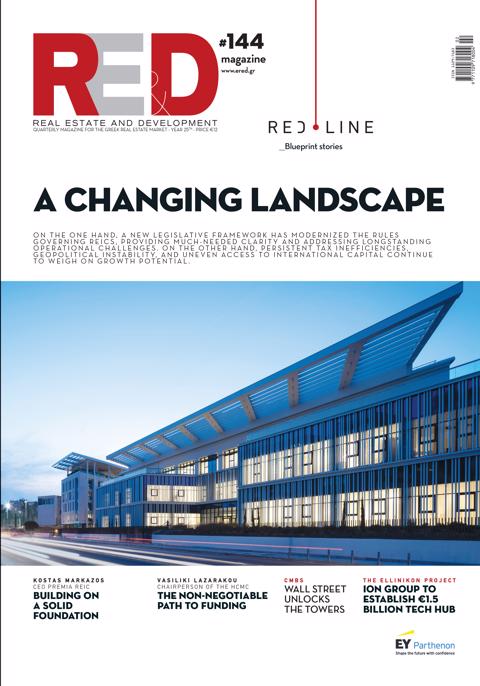The goal is to identify and integrate the various identification numbers currently associated with a property (initially the KAEK – Cadastre and ATAC – E9).
The Unique Property Identification Number (UPIN) will be assigned to each property and will be used in all transactions, as well as in related administrative, legal, and technical procedures.
The development of the unique property identification number has been entrusted to a private company, which will document the existing codes used in property transactions and generate a single, unified reference number for each property.
This initiative is part of the broader effort to establish the Unified Property Register, a digital platform that will be implemented following the completion of the country’s land registration process (which is projected to be concluded by the end of 2025). The platform will consolidate all relevant data and updates for each property, aiming to achieve full digital interoperability between public and private entities.
Within the framework of the Unified Property Register, a comprehensive file will be created for each property. This file will not only include geospatial data but also detailed information such as property type, surface area, location, floor, data from the DEDDIE (Public Power Corporation) and Municipal Water Supply Companies, building permits from the e-adeies system, Energy Certificates from Buildingcert.gr, and more.
Upon completion of the initial data registration, property owners will be required to declare the property’s usage status, such as vacant, owner-occupied, or leased (either long-term or short-term).
State databases (Cadastre, AADE, DEDDIE, Urban Planning, etc.) and their respective information systems will operate in an integrated manner, ensuring that any changes made to specific data will automatically update the entire property file, without the need for any further action.















